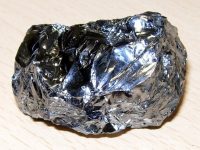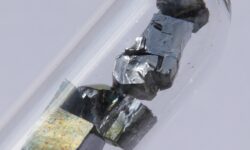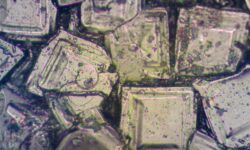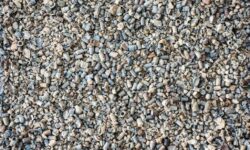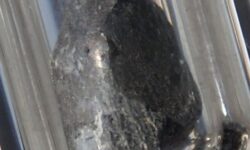Sources of Silicon
Silicon is commonly identified as a contaminant, either from dust or dirt, which must be understood to be completely different types of contaminants.
Dirt has a different chemical composition than dust, though they both are silicon-based. Dirt is also made up of aluminum, with a ratio of around 3-4 times more silicon than aluminum. The presence of silicon should always be compared to the aluminum levels, and only when the ratio exists can the contamination be described as dirt rather than dust.
The distinction is important because dust is a much smaller particle and is always present in the atmosphere, and therefore is more readily breathed into a system than dirt. Dust particles may be present even in new oil, hence the persistent suggestion to pre-filter oils.
Silicon may also appear as a non-harmful contaminant, especially after recent maintenance, in the form of silicon gasket maker or silicon-based grease. Both of these sources may become dissolved in the lubricant, but neither poses any significant risk for wear.
Lastly, while it may be relatively well-known that anti-foam additives are commonly silicon-based, i.e. polydimethylsiloxane, their typical concentrations in new oils are at very low levels. Expect 2-3 ppm silicon as an additive, but once levels approach 10 ppm, even in new oil, this likely represents dust contamination.
Watch for the next article in the Elemental Spectroscopy blog series: Boron.


